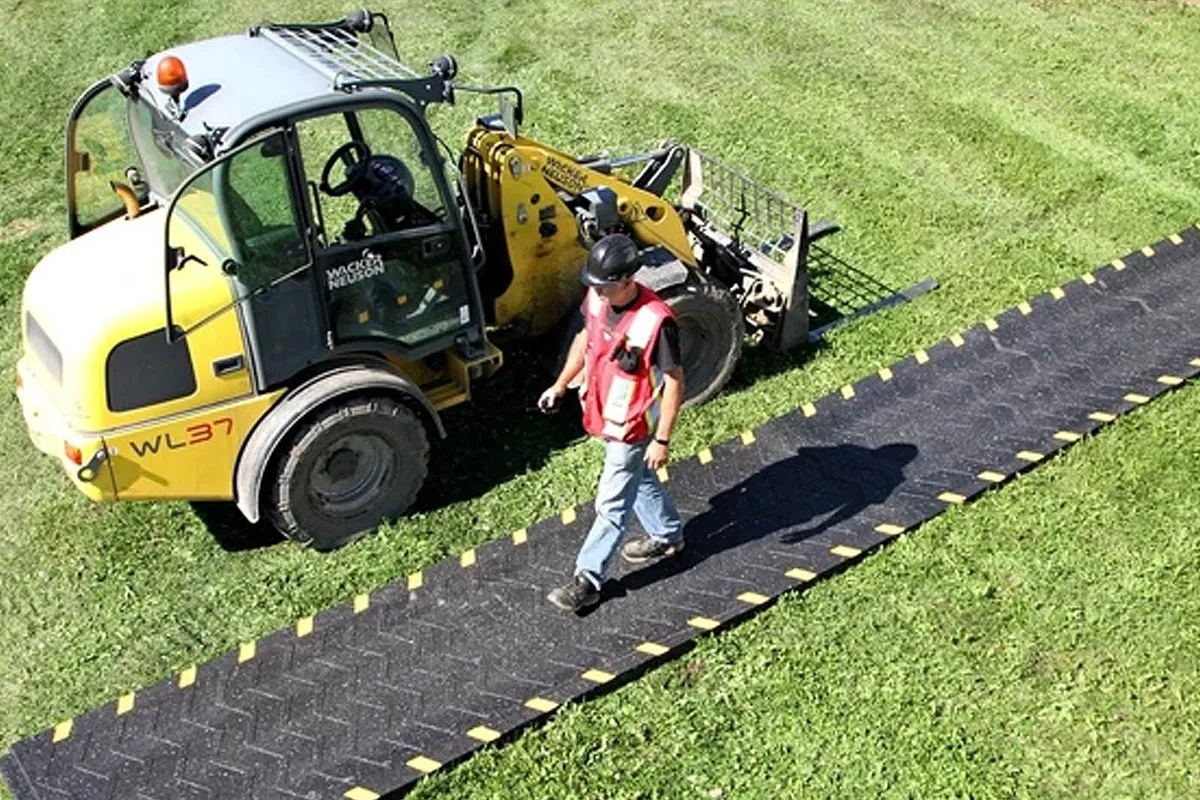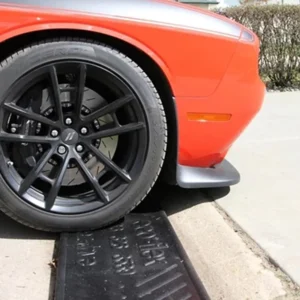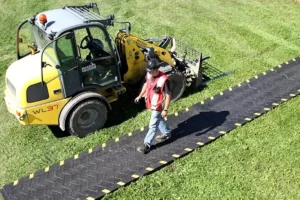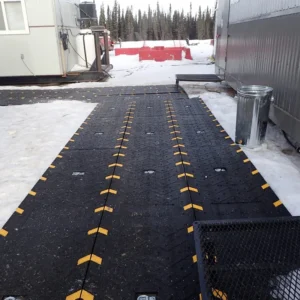As rubber manufacturing industries strive for sustainability and cost-effectiveness, the choice between butyl reclaim rubber and virgin butyl rubber plays a crucial role. Both types offer unique properties and applications, catering to diverse industrial needs. This guide explores their composition, benefits, and key differences.
Understanding Butyl Reclaim Rubber & Virgin Butyl Rubber
Butyl rubber is valued for its excellent gas impermeability, making it a preferred choice in various applications.
It is available in two primary forms:
Butyl Reclaim Rubber: Derived from recycled butyl rubber products, offering an eco-friendly and cost-effective alternative.
Virgin Butyl Rubber: Manufactured from monomers, providing pure, high-performance rubber with consistent quality.
Composition & Manufacturing Process
Butyl Reclaim Rubber
Composition: Made from reclaimed butyl rubber, with fillers and processing aids to restore its properties.
Manufacturing Process: Involves collection, sorting, grinding, devulcanization, straining, filtration, and cooling for greater plasticity, strength, and durability.
Virgin Butyl Rubber
Composition: Composed of isobutylene and small amounts of isoprene, ensuring purity and uniformity.
Manufacturing Process: Produced through polymerization under controlled conditions, ensuring high-quality, standardized rubber for critical applications.
Key Differences
| Property | Butyl Reclaimed Rubber | Virgin Butyl Rubber |
| Physical Properties | Slightly reduced tensile strength and elongation due to recycling. | Superior elasticity, durability, and consistency. |
| Chemical Properties | Good resistance to aging but may degrade faster than virgin rubber. | High resistance to oxidation, aging, and chemical exposure. |
| Performance Characteristics | Reliable for general industrial applications. | Preferred for critical applications requiring long-term durability. |
Advantages of Butyl Reclaim Rubber
Eco-Friendly & Sustainable: Reduces waste and promotes a circular economy by recycling used rubber.
Energy-Efficient Production: Requires significantly less energy compared to virgin rubber manufacturing.
Cost-Effective Alternative: Provides a budget-friendly solution while maintaining functional efficiency.
Versatile Applications: Used across various industries, including automotive, construction, and industrial manufacturing.
Applications of Butyl Reclaim Rubber
- Automotive inner tubes and tire linings
- Construction materials (sealants, roofing solutions)
- Industrial rubber products such as conveyor belts and gaskets
Advantages of Virgin Butyl Rubber
Exceptional Purity & Consistency: Ensures reliable performance in specialized applications.
Superior Durability: High resistance to heat, oxidation, and chemical degradation.
Ideal for Critical Applications: Used in industries requiring the highest quality standards.
Applications of Virgin Butyl Rubber
- Pharmaceutical & healthcare (medical stoppers, protective gloves)
- Aerospace & Automotive (fuel tank linings, seals)
- High-performance industrial applications
Market Trends
- Growing Demand for Butyl Reclaim Rubber
- Increasing focus on sustainable manufacturing is driving demand for reclaim rubber.
- Cost-conscious industries are opting for affordable and eco-friendly alternatives.
- Steady Growth in Virgin Butyl Rubber Market
- Industries requiring strict quality control continue to rely on virgin rubber.
- Demand remains strong in healthcare, aerospace, and specialized manufacturing.
Choosing the Right Rubber for Your Needs
The decision between butyl reclaim rubber and virgin butyl rubber depends on specific industry requirements. If sustainability and cost savings are priorities, reclaim rubber is an excellent choice. However, for critical applications demanding purity and durability, virgin butyl rubber remains unmatched.
Frequently Asked Questions
Is butyl reclaim rubber as durable as virgin butyl rubber?
While durable, reclaimed rubber may have slightly lower strength compared to virgin rubber.
Which industries benefit most from butyl reclaim rubber?
Automotive, construction, and general manufacturing sectors benefit due to cost-effectiveness and sustainability.
Does virgin butyl rubber always outperform reclaimed rubber?
Not always. Reclaimed rubber is a viable option for many applications where minor quality differences are acceptable.
How do market trends impact the availability of both rubber types?
The demand for sustainable materials is increasing, ensuring a steady supply of butyl reclaim rubber.
What role do these rubbers play in sustainability?
Butyl reclaim rubber promotes recycling and waste reduction, while virgin butyl rubber offers long-lasting performance that minimizes frequent replacements.



